
Using biotechnology to treat landfill leachate has many advantages, such as significant effectiveness, low investment, simple operation, etc. It is suitable for treating leachate with good biodegradability and is currently the most widely applied technology. Generally, there are three main methods of biological leachate treatment: aerobic treatment, anaerobic treatment, and combined aerobic-anaerobic treatment. Compared to other technologies, biological treatment is a traditional wastewater treatment technology with relatively strong resistance to shock loads.
1. Aerobic Biological Treatment Technology: In the presence of oxygen, aerobic microorganisms (including facultative ones) utilize pollutants in the wastewater for metabolism, simultaneously degrading them. Main aerobic biological treatment technologies include activated sludge technology, aerated lagoons, biofilm technology, etc. Compared to other technologies, aerobic biotechnology has many advantages, such as fast reaction rate, almost no odor production, space saving, etc. However, aerobic biotechnology for leachate treatment also has disadvantages: high energy consumption, nutrient imbalance, reduced efficiency at low temperatures, possible inhibition of nitrification due to high NH3 concentration, interference from toxic metals (e.g., Cu inhibits nitrification), etc.
2. Anaerobic Biological Treatment Technology: In the absence of free oxygen, facultative and anaerobic bacteria sequentially degrade complex organic pollutants in wastewater into carbon dioxide and methane. Methane can be utilized as a resource and provide energy. The main disadvantage of anaerobic biological treatment is that microorganism activity (especially methanogenic bacteria) is easily inhibited by environmental changes (alkaline conditions are necessary) and the presence of certain metals, leading to reduced reaction rates.
3. Combined Aerobic-Anaerobic Treatment Technology: Currently, most landfills use combined aerobic-anaerobic technology to treat leachate, especially for high-concentration leachate. This technology is highly effective and low-cost. If using a two-stage anaerobic-aerobic SBR process to treat landfill leachate, the removal rates of COD and BOD5 can both exceed 90%.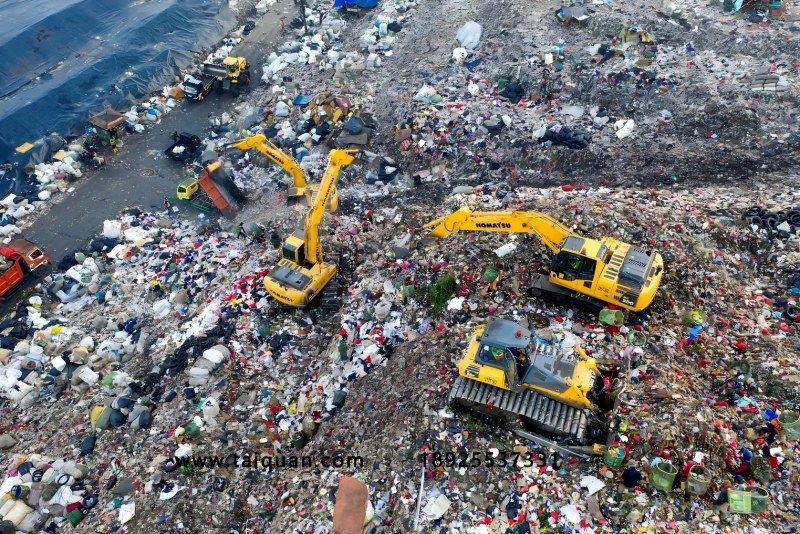
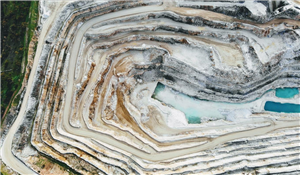
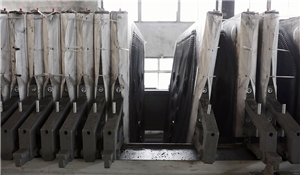

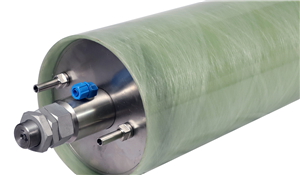



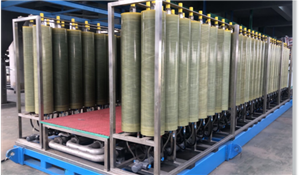
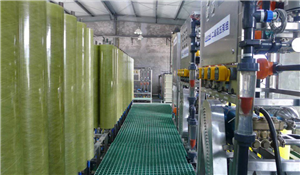
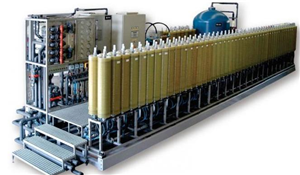


Henan Yuanhede Industrial Technology Co., Ltd.
East Industrial Park, Yuzhou City, Henan Province, China.
(+86)139 3822 7726
info@yhdegroup.com
www.yhdegroup.com